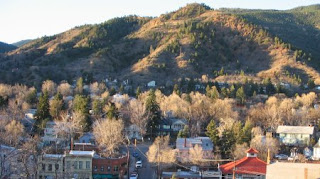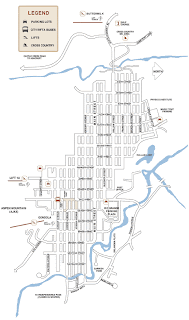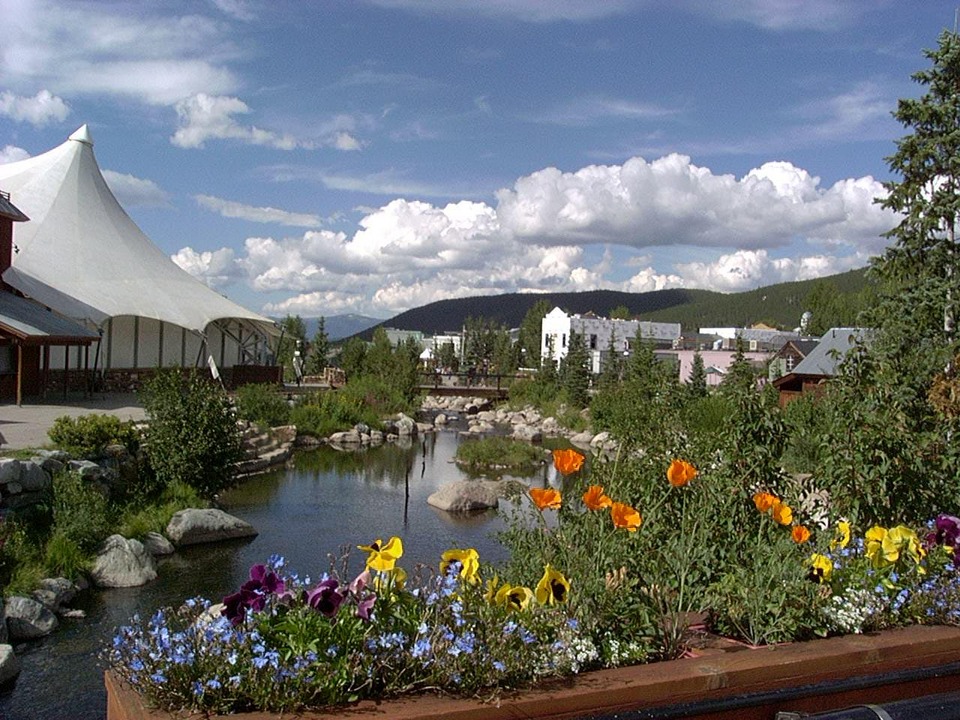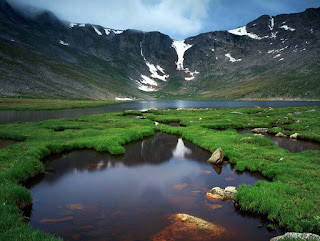
I was in Wisconsin for a long weekend, and managed to spend most of it drinking and eating. I had never been to Wisconsin, so it was fun getting to explore a part of the country I usually associate with cheese and the Packers. After visiting, I still associate it with cheese and the Packers. But we did manage to find the best bloody mary I've ever had, which was done in true Wisconsin style; with smoked meat and mozzarella string cheese garnish. Yes, you read that right. It was amazing, definitely one of the highlights of my foray into America's dairy land. Wicked Hop is the place to visit if drinking spiked tomato juice with meat and cheese is on your agenda.
As is usually the case, I didn't work out much while visiting. For me, one of the hardest parts about traveling is staying motivated to work out. Usually travelings means meals on the road and random sleeping situations, so keeping to a routine is usually last on my mind. Typically I stick to just running around whatever area I'm staying in, but in some cases I manage to come across a feature that makes for a great workout. One of these recently was the Atwater Stairs, on the shore of Lake Michigan in Milwaukee, Wisconsin.
The stairs are composed of about 8 sections of 15 or so stairs, running from the beach up to a park that overlooks the water. In addition to the stairs, there is a paved path that also runs down to the beach. I ended up doing a quick run in the neighborhood followed by some stairs laps, which worked me over pretty well. The scenery was great, and the neighborhood provided a nice setting for a run. My time is Milwaukee was spent mostly eating and drinking, but the stairs made for a great diversion from my travel routine of being a lazy bastard.
Atwater Park is about 4 miles north from downtown Milwaukee, on the western shore of Lake Michigan. Click on the map below for directions.
View Larger Map




















